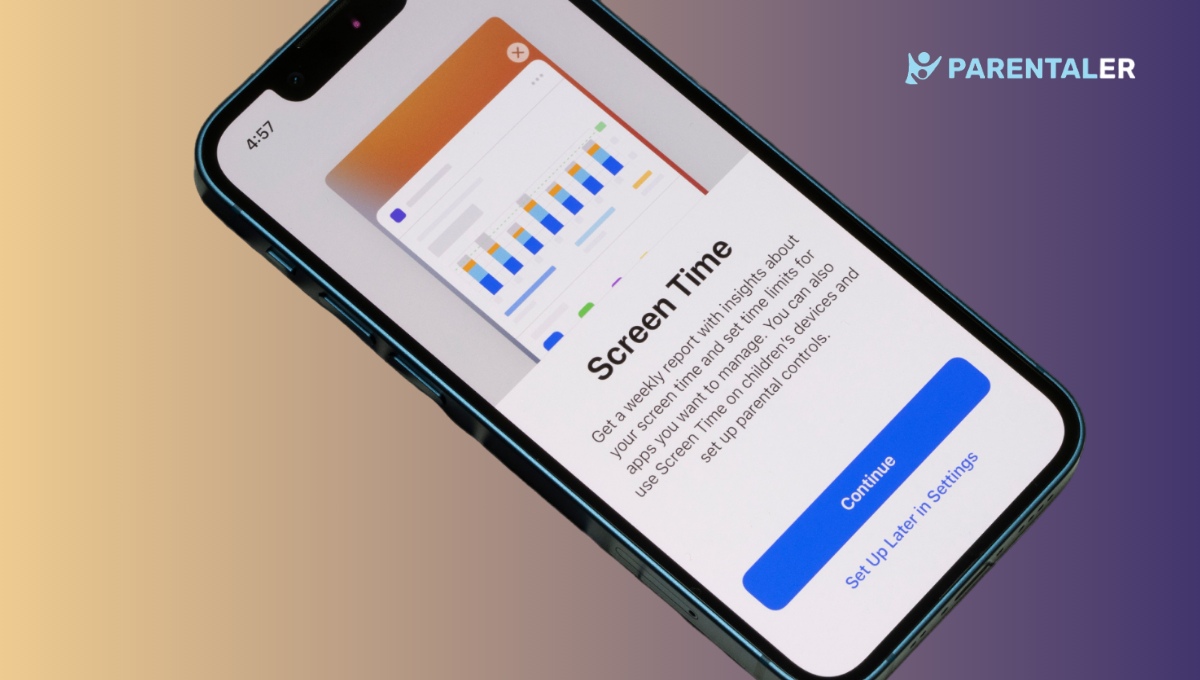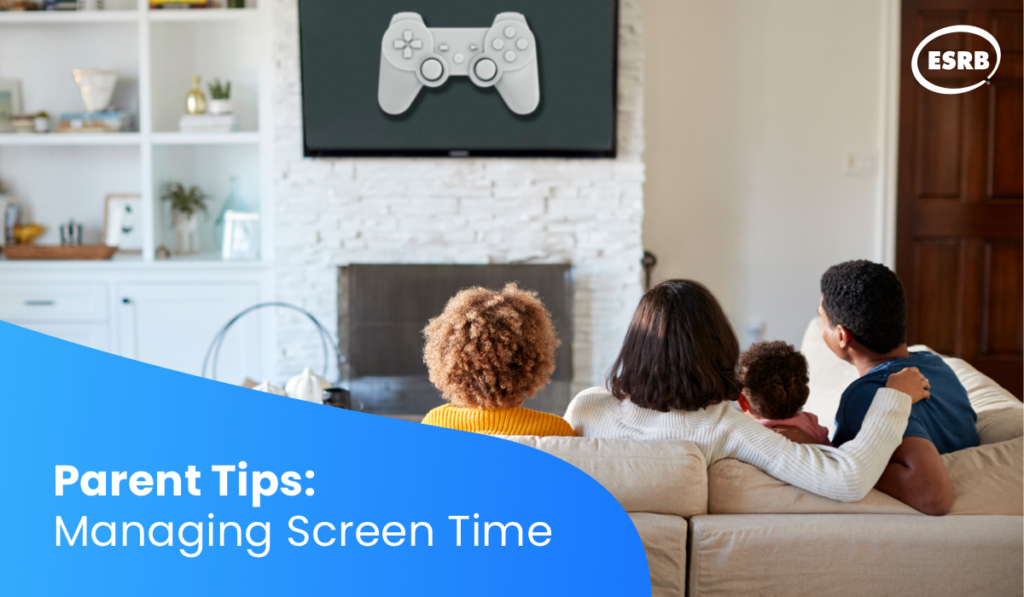Managing screen time is a challenge for many moms today. It’s important to find a balance.
In our tech-driven world, screens are everywhere. From smartphones to tablets, kids are constantly engaged. Managing screen time can feel overwhelming. Moms worry about the impact on their children’s health and development. Fortunately, there are practical ways to handle this.
Simple strategies can help you set boundaries and ensure your kids benefit from both technology and real-world experiences. This blog will offer practical tips to help moms manage their children’s screen time effectively. Let’s explore how you can create a balanced digital environment for your family.
Setting Screen Time Limits
Limit daily device use to balance screen time. Set clear rules and stick to them. Engage kids in offline activities for a healthy routine.
Setting Screen Time Limits As a mom, managing screen time for your kids can be a daunting task. Balancing the digital world with real-world activities is crucial for their development. Setting screen time limits is a practical approach to ensure they benefit from technology without becoming overly dependent on it.Creating A Schedule
Creating a screen time schedule helps bring structure to your child’s day. Plan specific times for educational activities, entertainment, and outdoor play. For instance, you could designate 30 minutes after school for educational apps and another 30 minutes after dinner for their favorite show. Make the schedule visible. Stick it on the fridge or in their room so everyone knows the plan. This visual reminder helps kids understand and respect the set limits. Involve your children in creating the schedule. This makes them more likely to follow it as they feel part of the decision-making process.Consistency And Enforcement
Consistency is key when enforcing screen time limits. If you allow an extra 15 minutes one day, your child might expect it the next day too. Stick to the schedule you’ve created. Set clear consequences for breaking the rules. Maybe screen time is reduced the next day if they exceed the limit today. This teaches responsibility and respect for boundaries. Use tools and apps to help manage screen time. Parental control apps can automatically shut off devices when time is up, taking the burden off you. Is there a favorite activity or hobby that can replace screen time? Encourage your child to explore it during their non-screen time. Managing screen time isn’t just about limiting access; it’s about creating a balanced and healthy digital diet. How do you currently manage screen time in your household? Share your thoughts and tips in the comments below!
Credit: parentaler.com
Encouraging Alternative Activities
Encourage kids to explore outdoor play, arts and crafts, or reading. These activities reduce screen time and boost creativity. Simple changes can make a big difference in their daily routine.
Managing screen time can be a challenge, but offering engaging alternatives can make it easier. Encouraging your kids to participate in diverse activities not only reduces screen dependency but also fosters creativity and social skills. Let’s dive into some practical and fun ideas that you can try with your children.Outdoor Play Ideas
Outdoor play is essential for your child’s physical and mental well-being. Here are a few activities to get started: 1. Nature Scavenger Hunt: Create a list of items for your kids to find in your backyard or local park. Include things like a pinecone, a unique leaf, or a specific type of flower. This activity is fun and educational. 2. Gardening Together: Teach your kids about plants and how they grow. Let them plant their own seeds and take care of them. It’s a great way to spend quality time outdoors while learning about nature. 3. Sports and Games: Simple games like tag, hide and seek, or even a game of catch can be incredibly fun. If your child is interested, you can also introduce them to sports like soccer or basketball.Educational Games And Crafts
Indoor activities can be just as engaging and beneficial. Here are some educational games and crafts that you can easily set up at home: 1. Puzzle Time: Puzzles are great for developing problem-solving skills. Choose age-appropriate puzzles and make it a family activity. 2. DIY Science Experiments: Simple experiments like making a volcano with baking soda and vinegar can spark your child’s interest in science. It’s messy but fun and educational. 3. Craft Projects: Gather some basic craft supplies like paper, glue, and markers. Create themed crafts based on seasons, holidays, or your child’s interests. This not only keeps them busy but also enhances their creativity. By incorporating these activities into your daily routine, you can create a balanced environment where your children enjoy various forms of learning and play. What activities does your child enjoy the most? Share your experiences and tips in the comments below!Building Healthy Screen Habits
Building healthy screen habits for kids is crucial. It ensures they grow up balanced. Digital devices are part of our daily lives. Yet, managing screen time can be tricky for moms. Establishing good habits early helps. It prevents issues like addiction and poor sleep. Here are some practical tips to guide you.
Choosing Quality Content
Selecting the right content is key. Not all screen time is equal. Educational apps and programs can be beneficial. They can teach new skills. Look for content that engages and educates. Avoid shows with fast-paced scenes. They can overstimulate young minds. Instead, choose slow-paced, thoughtful programs.
Read reviews and do research. Trusted sources can guide your choices. Many websites provide lists of recommended apps. Check age ratings too. They help ensure the content is suitable. Encourage your child to use educational games. These can make learning fun.
Modeling Good Behavior
Children learn by watching adults. Your screen habits influence them. Show them how to use screens responsibly. Limit your own screen time when around them. Engage in activities that do not involve screens. Reading a book or playing outside sets a good example. It shows screens are not the only source of fun.
Discuss screen time rules with your child. Explain why limits are important. Be consistent with these rules. Consistency helps children understand boundaries. Praise them for following the rules. Positive reinforcement encourages good habits.
Remember, building healthy screen habits takes time. Be patient and persistent. With these tips, you can guide your child towards balanced screen use.

Credit: www.esrb.org

Credit: x.com
Frequently Asked Questions
What Are The 5 C’s Of Screen Time?
The 5 C’s of screen time are: Content, Context, Child, Common Sense, and Consistency. These factors help manage digital usage effectively.
What Are The 3 C’s Of Screen Time?
The 3 C’s of screen time are Content, Context, and the Child. They help manage and optimize digital media use.
How To Manage Screen Time As A Parent?
Set screen time limits. Create tech-free zones. Encourage outdoor activities. Lead by example. Monitor content regularly.
What Age Should Parents Stop Controlling Screen Time?
Parents can gradually reduce screen time control around age 16. Encourage responsible usage and balance with other activities.
Conclusion
Finding balance with screen time is crucial for moms. Implementing these tips can help. Set clear boundaries. Encourage outdoor activities. Create tech-free zones at home. Lead by example and reduce your own screen time. Monitor and discuss online content with your kids.
Consistency is key. Small changes can make a big difference. Your kids will benefit greatly. Remember, it’s about progress, not perfection. Enjoy quality moments together, screen-free.

